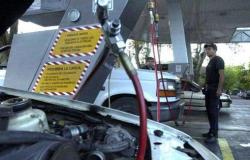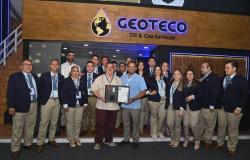NASA announced Tuesday that it has selected a new instrument to study the Sun and how it creates massive solar flares. The agency’s instrument, called JEDI, will capture images of the Sun in extreme ultraviolet light, a type of light invisible to our eyes but which reveals many of the underlying mechanisms of the Sun’s activity.
Once integrated aboard ESA’s (European Space Agency) Vigil space weather mission, the two JEDI telescopes will focus on the middle layer of the solar corona, a region of the Sun’s atmosphere that plays a key role in the creation of the solar wind and solar flares that cause space weather.
The Vigil space mission, scheduled to launch in 2031, is expected to provide space weather data around the clock from a unique position at the Sun-Earth Lagrange Point 5, a gravitationally stable point about 60 degrees behind Earth. in its orbit. This vantage point will give space weather researchers and forecasters a new angle to study the Sun and its flares. NASA’s JEDI will be the first instrument to provide a constant view of the Sun from this perspective in extreme ultraviolet light, giving scientists a wealth of new data for research while also supporting Vigil’s ability to monitor space weather.
“JEDI observations will help us link the features we see on the Sun’s surface with what we measure in the solar atmosphere, the corona,” said Nicola Fox, associate administrator of the Science Mission Directorate at NASA Headquarters in Washington. “Combined with Vigil’s first eagle view of the Sun, this will change the way we understand the drivers of the Sun’s space weather, which in turn may lead to better warnings to mitigate the effects of space weather on satellites and satellites. humans, both in space and on Earth.”






